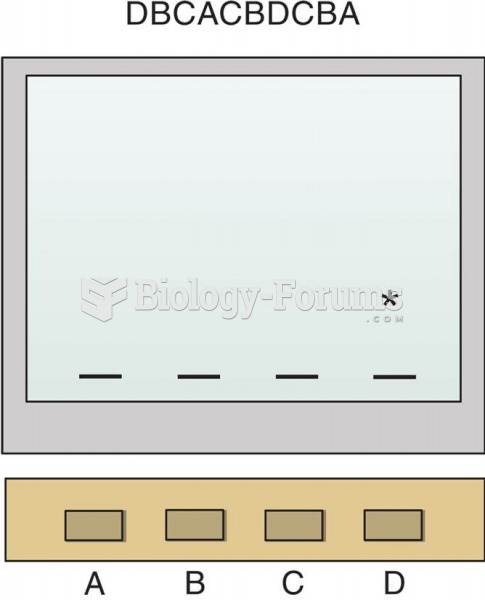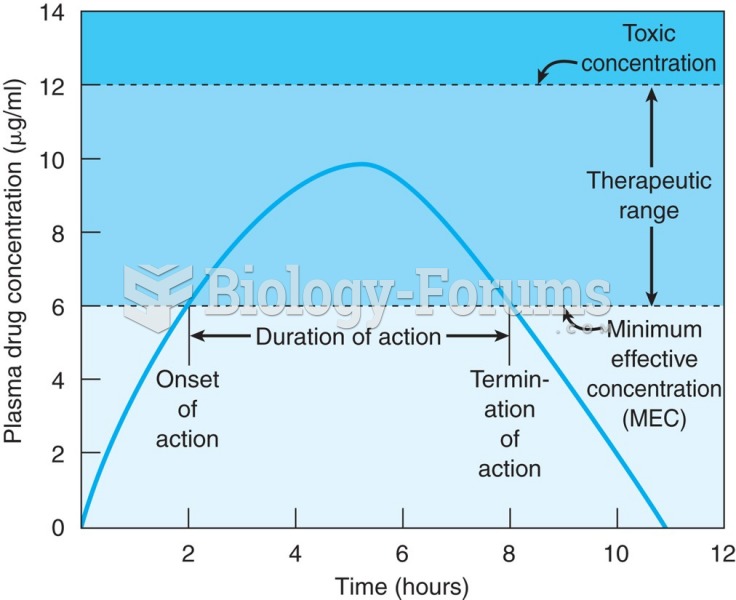Answer to Question 1
ANS: A
A. Correct response: Many patients cannot tolerate being disconnected from the mechanical ventilator, especially when they are receiving PEEP. Open system suctioning requires the disruption mechanical ventilation and PEEP. To avoid the problem of inducing hypoxemia in this situation, the therapist can simply connect a closed-circuit suction system to the patient's ventilator breathing circuit. With the closed-circuit suction system in-line, the patient will remain ventilated and maintain PEEP. The Fio2 can also be increased if necessary for the suctioning procedure.
B. Incorrect response: For patients who become severely hypoxemic when disconnected from the ventilator, hyperoxygenation with an Fio2 of 1.0 before the suctioning procedure often fails.
C. Incorrect response: The problem is not the length of time the suction catheter is down the ETT. The problem is the total time of disconnection from the ventilator.
D. Incorrect response: Again, the issue is the length of time the patient is off the ventilator. The vacuum pressure does not affect this problem.
Answer to Question 2
ANS: C
A. Incorrect response: See explanation C.
B. Incorrect response: See explanation C.
C. Correct response: Commonly, therapists and others often instill 5 to 10 ml of normal saline directly into a patient's ETT when the patient's secretions are thick and difficult to suction. However, no evidence exists supporting this practice. Patient's generally violently cough in response to this practice, but the tracheobronchial secretions do not become less thick and more easily evacuated through suctioning. The concern is this practice may dislodge bacteria-laden biofilm from the internal walls of the ETT, producing infectious consequences.
D. Incorrect response: See explanation C.






